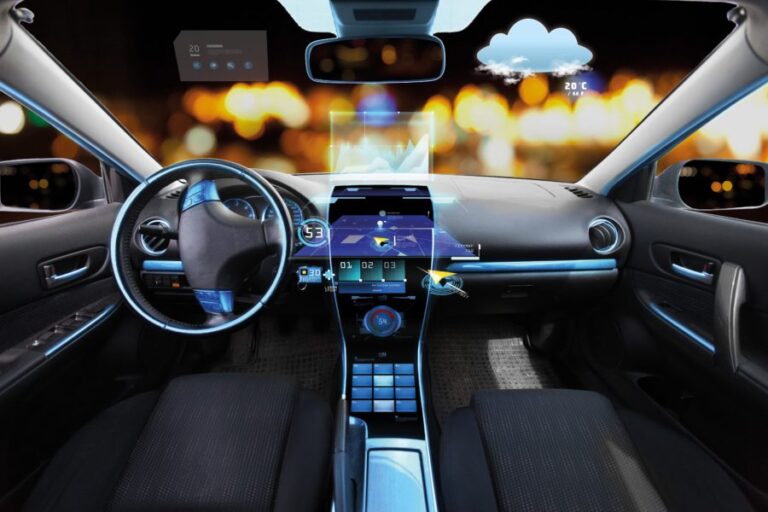Martin Herbert, product development manager, MacDermid Enthone Industrial Solutions, explains why hardcoated films provide displays with the necessary properties to function in an evolving automotive sector
Today’s consumers expect increased comfort, luxury and functionality from the interiors of their vehicles. Meanwhile, growing demand for electric vehicles to combat environmental pressures, and advances in technology, mean that car components are not as simple as they once were, so consumers are also looking for ease of use through the growing application of interactive touchscreens. Based on this, user experience has become extremely important to automotive interior designers, and ultimately innovation within the automotive industry.
The evolution of cell phone design – moving away from buttons in favor of sleek smart screens with touchscreen functionality – is making its way into automotive interior design, with smart surface embedded displays becoming an integral part of modern-day cars. For example, at the Geneva Motor Show many vehicles were unveiled with seamless and multitasking interfaces. Essentially, this means that display screens replace dials, and capacitive/touch control replace toggle switches.
In addition, as the demand continues to grow for electric vehicles, there is now a focus on the light-weighting of vehicles to maximize the range per charge. One of the key benefits of using high-quality hardcoated films for the display screens in the car interior is weight reduction. Different levels of gloss enable these surfaces to be used at higher (brighter) and lower (darker) locations in the car interior. Furthermore, capacitive touch surfaces (manufactured with hardcoated films) reduce complexity – and therefore weight.
The integration of displays into automotive interiors is driven partially by aesthetic appeal, but also by the seamless integration of technology to meet consumer needs. Interior surfaces that were once considered passive can now be viewed from a different perspective and used as interactive displays. Design concepts of vehicle door trim can include functions that allow drivers or passengers to adjust wing mirrors or seats. Display screens are getting larger, as automotive designers innovate by using interactive surfaces to reduce weight and also as a brand differentiator. These surfaces can be enhanced by seamless texture, antiglare properties and the ability to clean easily; all are important for consumers and delivered by hardcoated films.
The cleaning properties of displays are becoming even more crucial in the era of carsharing, where hygiene is a significant factor. Germany registered 160,000 carsharing users in 2010, but this number has now grown to 2.46 million in 2019. Clean, seamless integration of displays and capacitive switches enable easier cleaning of surfaces, crucial for the points made above.
Automotive interior designers face a number of challenges to satisfy possible needs from consumers when dealing with interactive surfaces, while also considering vehicle weight. Integrated screen displays must not only look the part, but also be functional, i.e. allow for readability without increasing vehicle weight. This can be achieved through the selection of high-performance hardcoated antiglare films, which allows a balance between glare avoidance and optical functionality due to its location within the car interior.
In the future, we will see growing trends for shared vehicles and cars that drive themselves. Timing of this will partly be determined by software and safety considerations. It will be essential for OEMs to develop vehicles that excite consumers and exceed their expectations – and we believe that hardcoated films can help deliver this.
Visit MacDermid Enthone Industrial Solutions at Automotive Interiors Expo, Novi at Booth A218. More information about the expo can be found here.



